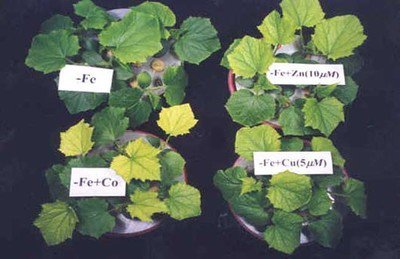Which phytohormones play a key role in drought management? How do phytohormones adapt to environmental changes? A paper published in the journal Trends in Plant Science reinterprets and classifies the functions of 10 classes of phytohormones discovered to date in the plant kingdom. These molecules play a vital role in plants and are widely used in agriculture as herbicides, biostimulants, and in fruit and vegetable production.
The study also reveals which phytohormones are crucial for adapting to changing environmental conditions (water scarcity, flooding, etc.) and ensuring plant survival in increasingly extreme environments. The study’s author is Sergi Munne-Bosch, a professor in the Faculty of Biology and the Institute of Biodiversity (IRBio) at the University of Barcelona and head of the Integrated Research Group on Antioxidants in Agricultural Biotechnology.

”Since Fritz W. Went discovered auxin as a cell division factor in 1927, scientific breakthroughs in phytohormones have revolutionized plant biology and agricultural technology,” said Munne-Bosch, professor of evolutionary biology, ecology, and environmental sciences.
Despite the crucial role of the phytohormone hierarchy, experimental research in this area has not yet made significant progress. Auxins, cytokinins, and gibberellins play a crucial role in plant growth and development and, according to the authors’ proposed hormone hierarchy, are considered primary regulators.
At the second level, abscisic acid (ABA), ethylene, salicylates, and jasmonic acid help regulate optimal plant responses to changing environmental conditions and are key factors determining stress responses. “Ethylene and abscisic acid are particularly important under water stress. Abscisic acid is responsible for the closure of stomata (small pores in leaves that regulate gas exchange) and other responses to water stress and dehydration. Some plants are capable of very efficient water use, largely due to the regulatory role of abscisic acid,” says Munne-Bosch. Brassinosteroids, peptide hormones, and strigolactones comprise the third level of hormones, providing plants with greater flexibility to optimally respond to various conditions.
Furthermore, some candidate molecules for phytohormones do not yet fully meet all the requirements and are still awaiting final identification. “Melatonin and γ-aminobutyric acid (GABA) are two good examples. Melatonin meets all the requirements, but the identification of its receptor is still in the early stages (currently, the PMTR1 receptor has only been found in Arabidopsis thaliana). However, in the near future, the scientific community may reach a consensus and confirm it as a phytohormone.”
”As for GABA, no receptors have yet been discovered in plants. GABA regulates ion channels, but it’s strange that it’s not a known neurotransmitter or animal hormone in plants,” the expert noted.
In the future, given that phytohormone groups are not only of great scientific importance in fundamental biology but also have significant significance in the fields of agriculture and plant biotechnology, it is necessary to expand our knowledge of phytohormone groups.
”It is crucial to study phytohormones that are still poorly understood, such as strigolactones, brassinosteroids, and peptide hormones. We need more research on hormone interactions, which is a poorly understood area, as well as molecules that are not yet classified as phytohormones, such as melatonin and gamma-aminobutyric acid (GABA),” concluded Sergi Munne-Bosch. Source: Munne-Bosch, S. Phytohormones:
Post time: Nov-13-2025



